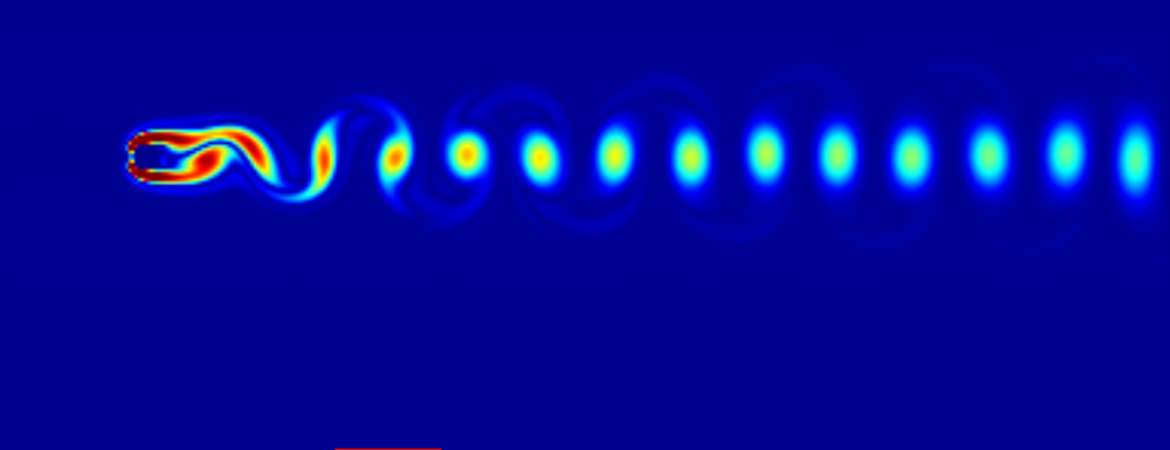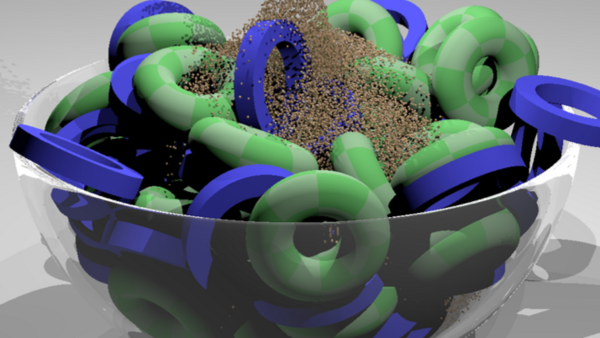
Predicting some of Mother Nature’s liquid-based episodes, whether a cascading avalanche or solidifying lava, begins with modeling these liquids. Currently a common technique for this is the material point method (MPM), which uses a hybrid particle/grid framework to simulate how these liquids will move and act.
However, MPM is not without its downsides. Because particles from different materials tend to non-physically mix and stick together, MPM falls short of accurately depicting things such as multiphase fluid and solid-fluid coupling phenomena.
Enter a pair of computer scientists with expertise in physics-based animation at the Marlan and Rosemary Bourns College of Engineering (BCOE), who are looking to create more accurate and efficient ways to simulate these fluids.

Craig Schroeder, assistant professor of computer science and engineering (CSE) who contributed to the algorithm for life-like animated snow in Disney’s Academy Award-winning movie “Frozen,” and Tamar Shinar, associate professor of CSE, have secured $500,000 in funding from the National Science Foundation (NSF)’s Computer and Information Science and Engineering (CISE): Core Programs. Together the research team will develop new methods for simulating multiphase fluids, surface tension and solid-fluid coupling.
To alleviate the problem of particle mixing in MPM, Schroeder and Shinar are proposing three novel algorithms that will for the first time help unmix fluids based on density differences and certain particle interactions. What makes their method unique is there is no need to maintain or construct a separate surface representation, avoiding the technical challenge of computing accurate curves from a reconstructed surface.
Apart from modeling and keeping people safe from nature’s occurrences, this new method is expected to improve projects in civil and environmental engineering: such as to understand oil-water-gas combinations and plan pipeline operations, study on-shore and off-shore wind turbines, and better calculate wind and water erosion to build safer bridges and dams.
Schroeder and Shinar plan to publicly release their MPM coupling algorithms to encourage reuse, comparison and reproduction of results.